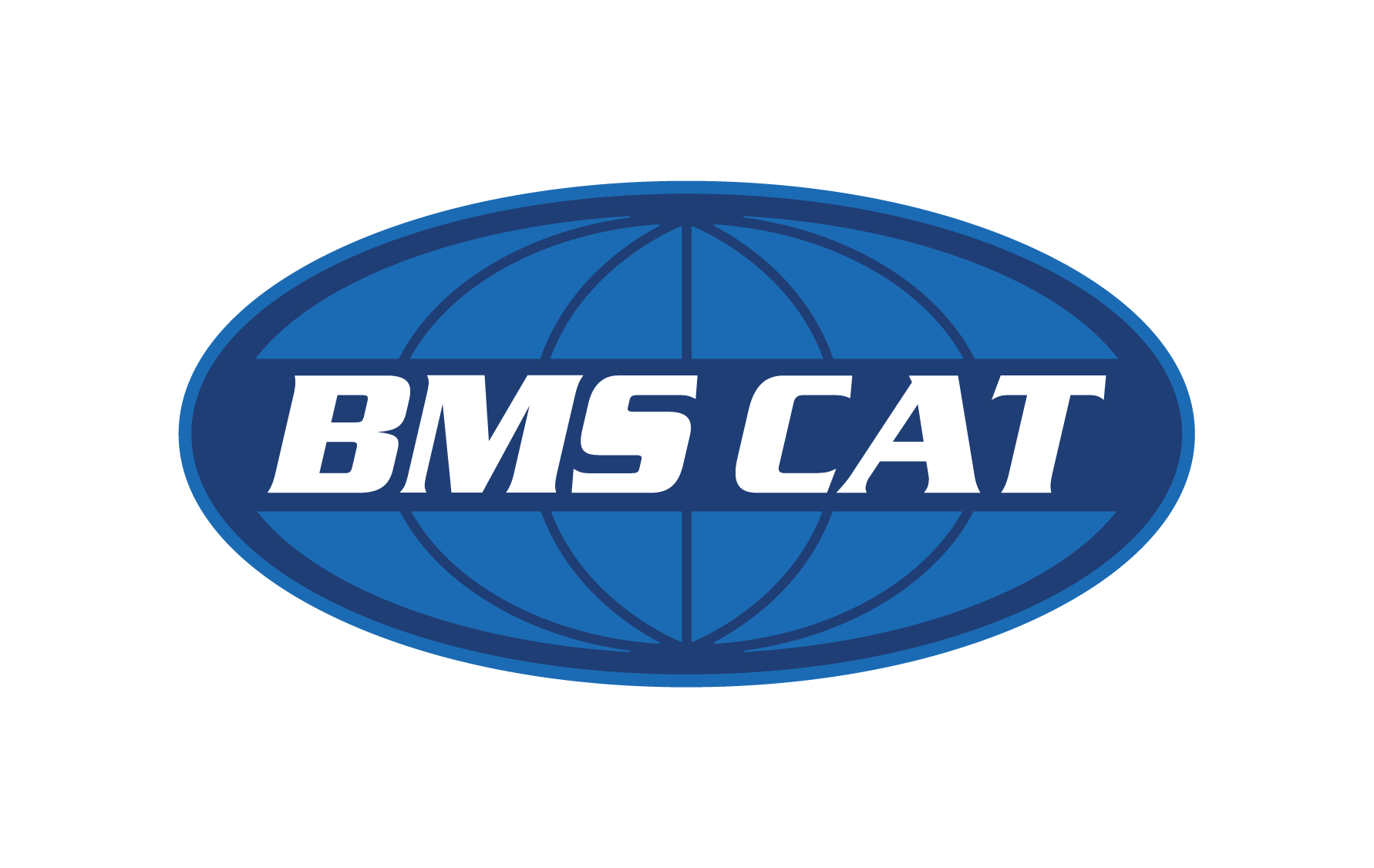It’s common knowledge that people who live along our nation’s West Coast are at greater risk of experiencing the damaging effects of an earthquake, but that doesn’t mean you’re not at risk if you live further inland.
All U.S. states and territories are at some risk for earthquakes, which can happen any time of year. Most importantly, earthquakes occur suddenly without warning and can be deadly.
September’s National Preparedness Month is a designated time for us all to learn what protective measures to take before, during and after an earthquake.
To begin, it’s important to first build an emergency kit and make a family communications plan. Having the right supplies you need and a plan to connect with family members are the first steps toward surviving an earthquake, as well as any other disaster. Businesses and other organizations should also be focused on preparedness efforts.
Next, you need to practice how to Drop, Cover and Hold On. This drill will help you react quickly should an earthquake occur. Look around places where you spend time. Identify safe places such as under a sturdy piece of furniture or against an interior wall in your home, office or school so that when the shaking starts, you Drop to the ground, Cover your head and neck with your arms, and if a safer place is nearby, crawl to it and Hold On.
Armed with these tools and skills, you, your loved ones and employees will be better prepared to protect one another should an earthquake just happen to strike.
Click here for free information, tips, checklists and preparedness toolkits!
